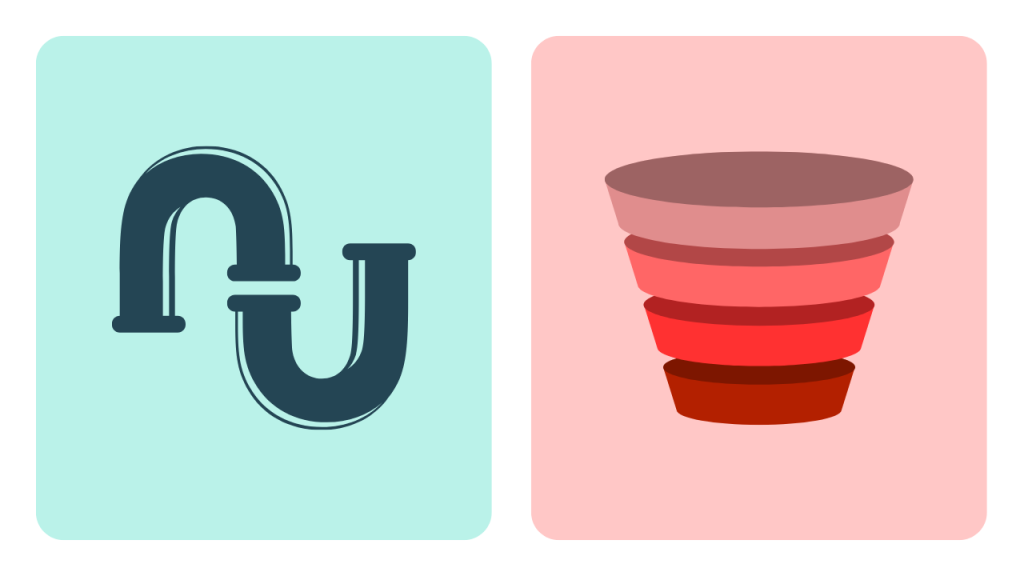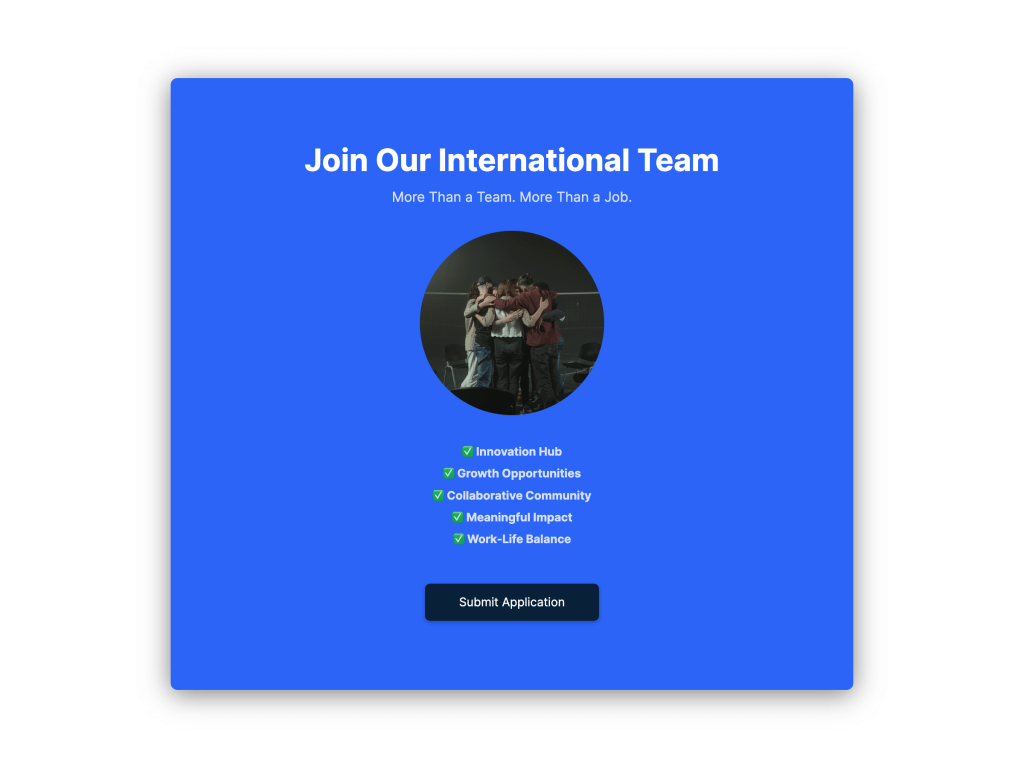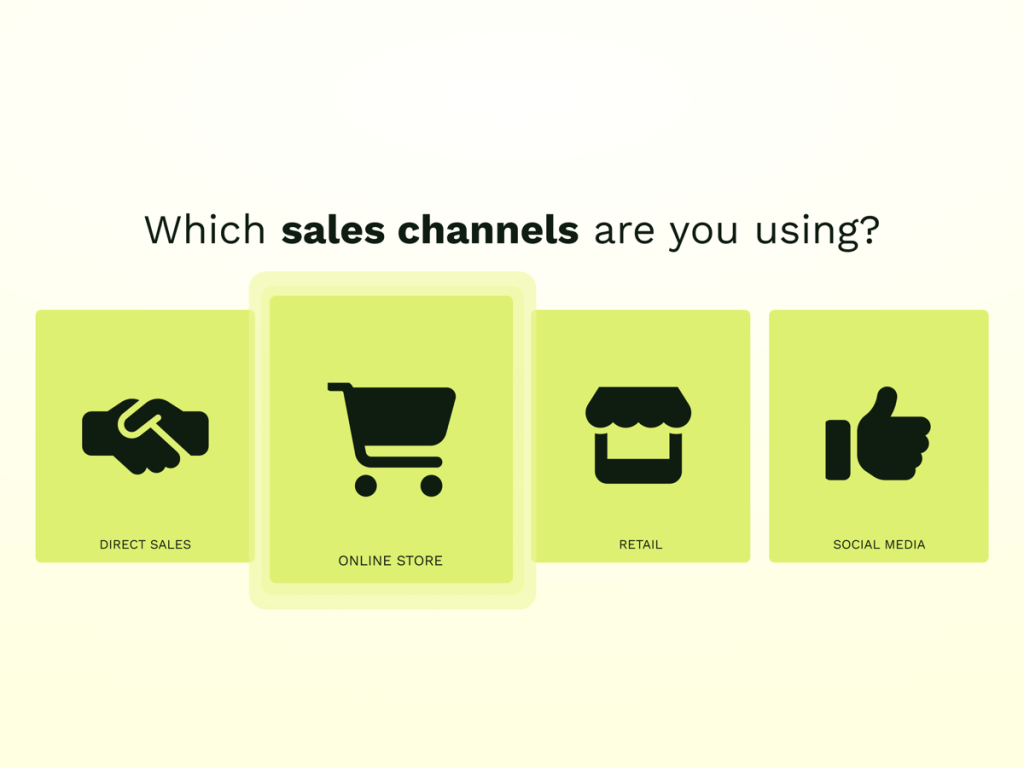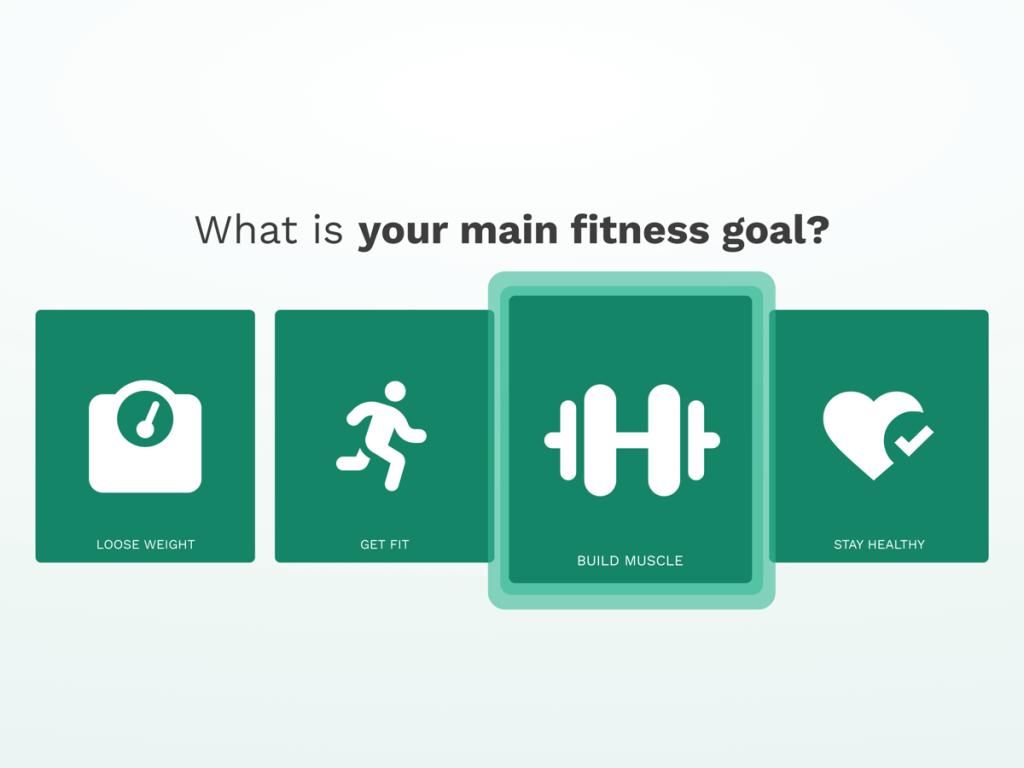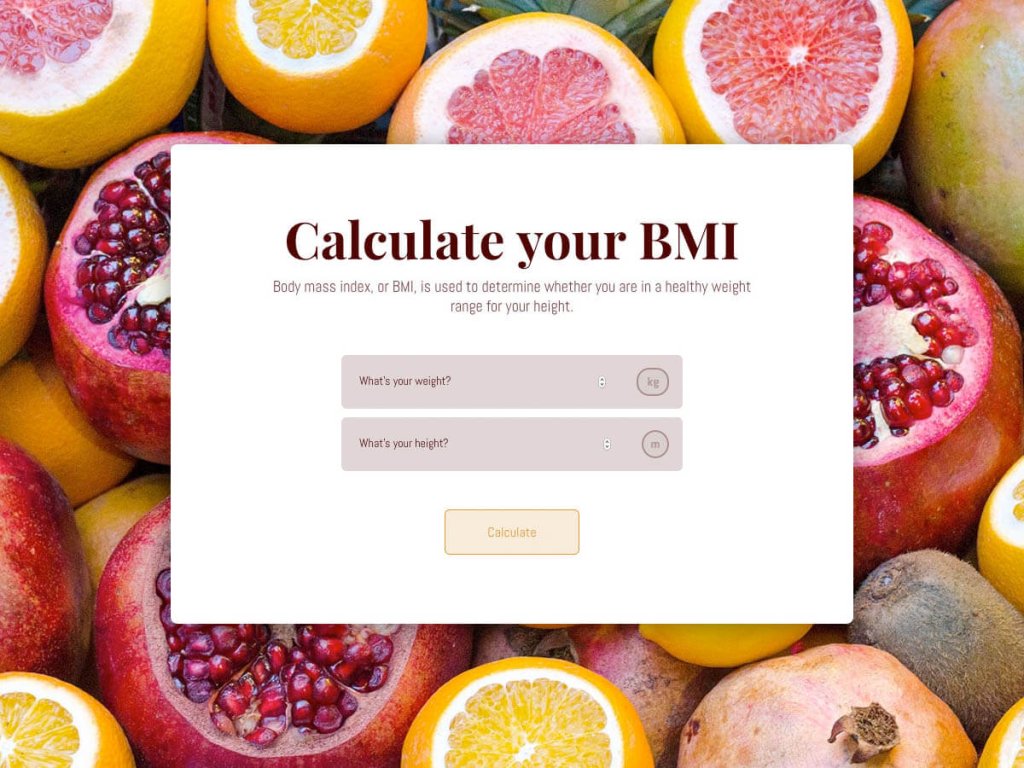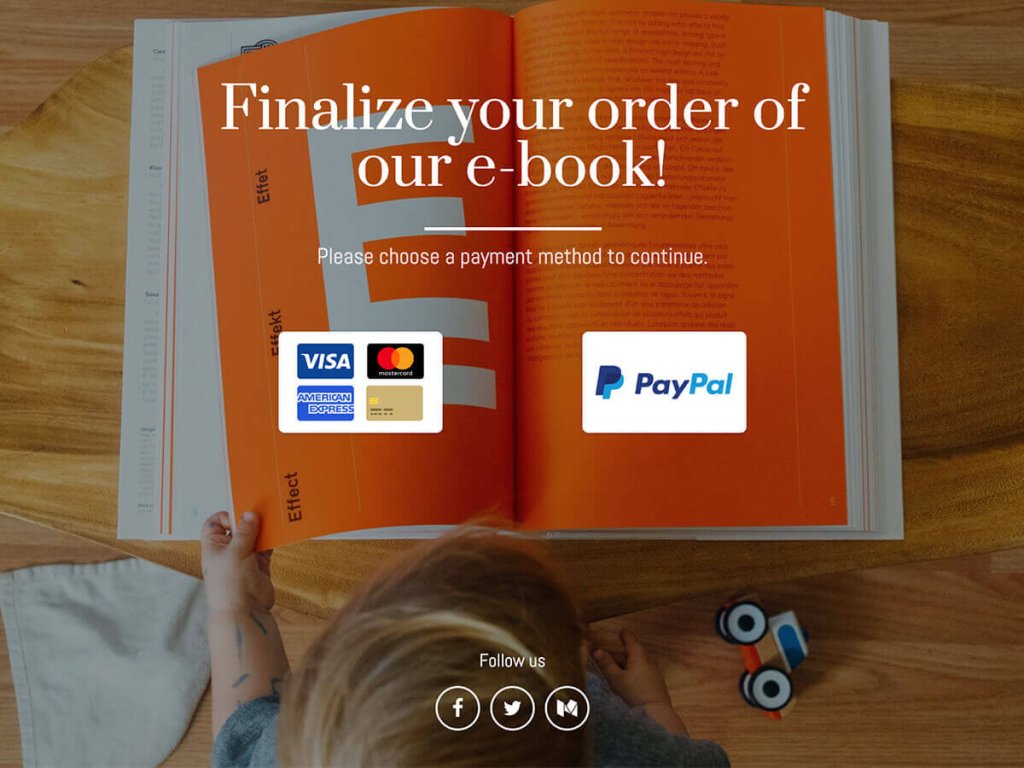In sales and marketing, the terms sales pipeline and sales funnel are often used interchangeably, leading to confusion. However, they represent different aspects of the sales process. A sales pipeline outlines the steps that a sales team takes to turn prospects into paying customers, focusing on internal processes and actions. In contrast, a sales funnel visualizes the customer journey, highlighting how potential buyers move from initial awareness to making a purchase, emphasizing the customer's experience and conversion rates at each stage.
Understanding the distinction between these two models is important for businesses aiming to optimize their sales strategy and boost revenue. Companies can streamline their sales efforts, enhance lead generation, and improve overall sales performance by distinguishing the internal focus of the sales pipeline from the external perspective of the sales funnel.
This knowledge is particularly beneficial for SaaS companies, B2B sales and marketing teams, eCommerce brands, and service-based businesses, enabling them to effectively manage both operational processes and customer-centric strategies throughout the entire sales process.
In the following sections, we will explore the definitions, stages, and key metrics of both a sales pipeline and the sales funnel, providing insights into how businesses can leverage these models to achieve their sales targets and drive growth.
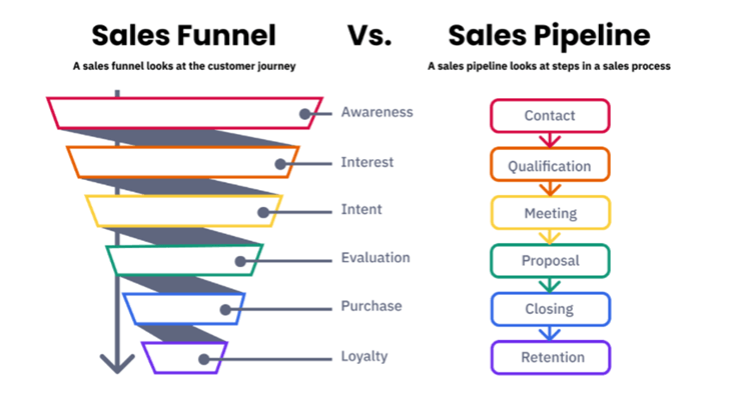
Source: Activecampaign
What Is a Sales Pipeline?
A sales pipeline is a structured process that sales teams follow to guide potential customers from initial contact to a finalized deal. This systematic approach ensures that every prospect is appropriately managed, increasing the likelihood of successful conversions.
Sales Pipeline Stages:
1. Lead Generation
The first stage of any sales pipeline involves a business finding prospects who have a need for the products or solutions they’re selling. Each company will usually have multiple methods of attracting prospects and conducting lead generation.
Many businesses will have sales or development teams that get their leads through SMS marketing, phone, email marketing and social media prospecting. Alongside sales and business development teams, most businesses will have marketing teams that also work to bring in prospects.
2. Qualification
The qualification stage usually occurs when a prospect is talking directly to a sales representative at a company. This interaction may occur online, in-person or over the phone.
The sales representative asks the prospect questions to determine if the prospect has the need for the product or service the business is selling and whether they have the authority or are likely to buy in the near future to help determine whether the prospect is ‘qualified’.
Common questions a sales representative will ask a prospect during the qualification process include:
What business problem are you looking to solve with this offering?
What’s prompting you to take action on this problem now?
Have you tried to solve this problem in the past? If yes, what solutions did you use, and why didn’t those solutions work out?
Do you have a budget available to solve this problem?
These questions are asked to determine if the prospect is a good fit for the product or service they are interested in buying and whether they have the budget for the solution available.
3. Meeting/Demonstration
After a sales representative has gauged whether or not a prospect is a good fit for the product or service they're selling, they will usually then set up a meeting or a demonstration to show the product or solution in more detail and further discuss the prospects' needs.
If the product or service is a good fit for the prospect, the sales representative will then put a proposal together.
4. Proposal
After a meeting or demo, the sales representative will send a proposal to the prospect with a detailed quote that outlines the cost of the product or service, the length of the contract, the terms of the agreement and the level of service included.
5. Closed Won/lost
If the prospect chooses to accept the proposal, the financial negotiations will take place. If the prospect and the sales representative come to an agreement and the contract is signed, the prospect becomes a paying customer.
On the other hand, if the prospect decides that the proposal isn’t right for them, then the sales opportunity is lost.
6. Retain
The extra, final step applicable after the deal is closed is the ‘retain’ or retention stage. While this stage is often left off of sales pipelines, customer loyalty and retention should be considered as a vital part of the sales process.
Typically responsibility for customer retention will shift away from the sales team and towards the customer service/client services teams.

Key Metrics for Sales Pipelines:
Number of Deals in the Pipeline: This metric indicates the total count of potential sales opportunities at any given time, offering insight into the volume of active prospects.
Average Deal Size: This refers to the typical revenue generated from each deal, aiding in financial forecasting and resource allocation.
Sales Cycle Length: This measures the average duration it takes to move a prospect from initial contact through to the closing stage, highlighting the efficiency of the sales process.
Win Rate: This percentage reflects the ratio of successfully closed deals to the total number of opportunities, serving as a key indicator of sales effectiveness.
What Is a Sales Funnel?
A sales funnel is a customer-focused model that illustrates how potential buyers move through different decision-making stages. It overlaps with the marketing funnel in the awareness stage, but it extends further, focusing on converting leads into customers. While the marketing funnel primarily handles lead generation and nurturing prospects at the top and middle stages, the sales funnel takes over in the middle and bottom stages, where direct sales efforts such as sales calls, lead nurturing, and follow-ups play a crucial role in moving prospects toward a purchase.
Many businesses make the mistake of assuming that attracting leads is enough, but without an effective sales funnel, those leads can easily drop off before making a buying decision. A compelling offer and consistent engagement are essential to keeping prospects interested. If a business fails to qualify leads properly or doesn’t follow up strategically, it risks losing potential customers to competitors. Refining your sales strategy ensures that leads don't slip through the cracks and that every interaction brings them closer to conversion.

Sales Funnel Stages:
The sales funnel stages represent the steps a customer goes through before making a purchase:
Awareness
This is where potential customers first discover your brand. They might come across your content, see an ad, or hear about your product through word-of-mouth. The goal is to capture their attention and make them aware of your solution.
Interest
Once a prospect is aware of your brand, they start exploring your offering. They might visit your website, sign up for a newsletter, or engage with your content to see if your solution fits their needs. Content like quizzes and assessments on platforms like involve.me can keep them engaged.
Consideration
In this phase, prospects actively compare different options, weighing the benefits and pricing of your product against competitors. Online calculators or personalized recommendations, such as those built with involve.me, help prospects make informed decisions and move closer to purchase.
Decision
The prospect is ready to make a purchase. However, factors like pricing concerns, competitor discounts, or uncertainty about the product can still affect their choice. A well-timed follow-up, a limited-time offer, or a sales assessment can help close the deal.
Loyalty & Advocacy
The relationship doesn't end after the purchase. Happy customers are more likely to stay loyal to the brand, make repeat purchases, and refer others. Using involve.me's AI survey generator, businesses can collect feedback and improve customer retention strategies.
Build your own funnel
No coding or design skills required
Create Your Own Sales Funnels
Get Started with 300+ Templates
Appointment Funnel Template
Glasses Recommendation Funnel Template
Job Application Funnel Template
B2B Lead Magnet Template
B2B Product Finder Template
B2C Lead Magnet Template
Key Metrics for Sales Funnels:
Conversion Rate per Stage: This metric measures the percentage of prospects who move from one stage of the funnel to the next, highlighting the effectiveness of your strategies at each phase.
Drop-off Points in the Funnel: Identifying where prospects exit the funnel helps pinpoint stages that may need improvement, allowing for targeted adjustments to retain potential customers.
Lead-to-Customer Ratio: This ratio indicates the proportion of leads that ultimately convert into customers, offering insight into the overall efficiency of your sales process.
Customer Lifetime Value (CLV): CLV estimates the total revenue a business can expect from a single customer over the duration of their relationship, emphasizing the importance of long-term customer engagement and retention.
Sales Pipeline Vs. Sales Funnel – Key Differences
Feature
Sales Pipeline
Sales Funnel
Focus
Internal (sales team actions)
External (customer journey)
Goal
Manage & track sales performance
Understand lead generation process
Visual
A structured process map
A narrowing sales funnel stages shape
Perspective
Sales rep’s workflowI
Customer’s journey
Measurement
Tracks deal volume, velocity, and pipeline stage progression
Tracks conversion rates & drop-offs
Example
Sales rep schedules a demo
Lead visits a landing page and submits a form
Lead Generation Funnel Vs Sales Pipeline
Understanding the differences between a lead generation funnel vs sales pipeline is essential for aligning marketing and sales strategies. While a sales pipeline focuses on managing and tracking prospects as they move through structured sales stages, a lead generation funnel is designed to attract, nurture, and qualify leads before they enter the pipeline. Optimizing both processes ensures a steady flow of high-quality prospects ready for conversion.
Sales Pipeline Report & Sales Leaders' Role
A sales pipeline report helps sales leaders monitor and evaluate the effectiveness of their sales processes. This report provides insights into key sales pipeline metrics, such as deal flow, revenue forecasts, and pipeline health, allowing teams to refine strategies and allocate resources effectively.
Sales Pipeline Optimization
Sales pipeline optimization involves refining each stage of the sales process to increase efficiency and maximize conversions. Key strategies include:
Automating lead tracking and follow-ups to ensure timely engagement.
Using data analytics to identify bottlenecks and optimize deal progression. involve.me’s engagement tracking tools help businesses identify bottlenecks and optimize the funnel.
Aligning marketing and sales teams to improve lead nurturing and qualification.
Regularly updating sales strategies based on insights from sales pipeline reports.
How to Use Both Sales Pipeline & Sales Funnel Together
Integrating your sales pipeline and sales funnel is essential for creating a seamless journey from lead generation to customer acquisition. This alignment ensures that both your marketing and sales teams work cohesively, leading to improved conversion rates and business growth. Here's a detailed, step-by-step framework to achieve this integration:
1. Align Marketing & Sales Teams
a. Set Shared Goals
Establish common objectives for both teams, such as increasing the number of qualified leads by a specific percentage. This unified focus fosters collaboration and ensures everyone is working towards the same targets.
b. Define Clear Roles and Responsibilities
Clarify the specific functions of each team at every stage of the customer journey. For instance, marketing may handle lead generation and initial nurturing, while sales take over once a lead reaches a certain qualification threshold.
c. Regular Collaborative Meetings
Schedule frequent meetings between marketing and sales to discuss strategies, share insights, and address challenges. This open communication fosters a culture of collaboration and continuous improvement.
2. Use CRM & Analytics
a. Implement Integrated CRM Systems
Adopt a Customer Relationship Management (CRM) platform that consolidates data from both marketing and sales activities. This integration provides a unified view of each prospect's journey, enhancing decision-making and strategy formulation.
b. Monitor Key Metrics
Track essential metrics such as conversion rates, lead response times, and pipeline progression. Regular analysis of these metrics helps in identifying areas of improvement and measuring the effectiveness of integrated strategies.
c. Utilize Advanced Analytics Tools
Leverage analytics tools to gain deeper insights into customer behaviors and preferences. These insights enable the creation of personalized marketing campaigns and sales approaches, enhancing the overall customer experience.
3. Improve Funnel Stages with Pipeline Insights
a. Conduct Regular Funnel Audits
Analyze each stage of your sales funnel to identify where prospects are dropping off. Understanding these bottlenecks allows for targeted improvements in both marketing and sales processes.
b. Refine Lead Qualification Processes
Use insights from both teams to establish clear criteria for what constitutes a qualified lead. This ensures that sales teams focus on prospects with the highest potential, improving efficiency and conversion rates.
c. Develop Targeted Content and Strategies
Create marketing materials and sales pitches tailored to address the specific concerns and needs identified at different stages of the funnel. This targeted approach resonates more with prospects, facilitating smoother transitions through the funnel.
4. Optimize Follow-Ups Based on Funnel Data
a. Implement Automated Nurturing Campaigns
Use marketing automation tools to send personalized follow-up messages to leads based on their interactions and behaviors. Timely and relevant communication keeps prospects engaged and moves them closer to a purchasing decision.
b. Develop Re-engagement Strategies
Identify leads that have become inactive or stalled in the funnel and create specific campaigns to rekindle their interest. This could involve special offers, updated content, or direct outreach from sales representatives.
c. Align Follow-Up Timing and Content
Ensure that the timing and content of follow-ups are coordinated between marketing and sales. Consistent and well-timed communication reinforces trust and keeps prospects moving forward in their journey.
Common Mistakes When Managing Sales Pipelines & Funnels
Effectively managing your sales pipeline and sales funnel is crucial for driving conversions and sustaining business growth. However, several common mistakes can hinder these processes. Let's explore these pitfalls and how to avoid them:
1. Assuming Sales Pipelines and Sales Funnels Are Identical
A frequent misconception is treating the sales pipeline and sales funnel as the same. While they are interconnected, they serve distinct functions:
Sales Pipeline: Focuses on the internal steps your sales team takes to move prospects from initial contact to closing a deal.
Sales Funnel: Represents the customer's journey, illustrating how potential buyers move from awareness to decision.
Solution: Recognize their unique roles. Optimize the sales pipeline to enhance your team's efficiency and the sales funnel to improve the customer experience.
2. Neglecting Data-Driven Optimization
Overlooking the importance of analytics can lead to missed opportunities for improvement. Without data, it's challenging to identify what's working and what isn't.
Solution: Utilize analytics tools to monitor key metrics such as conversion rates, drop-off points, and sales cycle length. Regularly analyze this data to refine your strategies and make informed decisions.
3. Failing to Nurture Leads Effectively
Some businesses focus solely on acquiring new leads, neglecting the nurturing process. Without proper follow-up, potential customers may lose interest or choose competitors.
Solution: Implement automated follow-up systems and retargeting strategies to keep leads engaged. Personalized communication can guide prospects through the sales funnel, increasing the likelihood of conversion.
4. Concentrating Only on Closing Deals
While closing deals is essential, focusing exclusively on this aspect can undermine long-term success. Neglecting post-sale relationships may result in poor customer retention.
Solution: Prioritize customer satisfaction and retention. Engage with clients after the sale to build loyalty, encourage repeat business, and generate referrals.
Future Trends in Sales Pipelines & Funnels (2024 & Beyond)
As we look towards 2024 and beyond, several emerging trends are poised to reshape sales pipelines and sales funnels, enhancing how businesses engage with prospects and customers.
1. AI-Driven Lead Scoring
Artificial Intelligence (AI) is revolutionizing lead qualification by analyzing vast datasets to predict which leads are most likely to convert. AI evaluates factors such as engagement history, demographic information, and behavioral patterns and assigns scores to leads, enabling sales teams to prioritize their efforts effectively. This data-driven approach not only accelerates the sales process but also improves conversion rates by focusing on high-potential prospects.
2. Hyper-Personalized Funnels
Modern consumers expect tailored experiences. Hyper-personalized sales funnels leverage AI to adapt content and interactions based on individual behaviors and preferences. Tools like involve.me make it easy to create dynamic sales funnels that personalize user journeys in real-time, without coding. From customized quizzes that guide potential buyers to relevant products to lead capture forms that qualify prospects automatically, these solutions enhance customer engagement and boost conversion rates.
3. Multi-Touch Attribution in Pipelines
Understanding the customer journey often involves multiple touchpoints across various channels. Multi-touch attribution models assign value to each interaction a prospect has with a brand, providing insights into which channels and messages are most effective. This comprehensive tracking enables businesses to optimize their marketing and sales strategies, ensuring resources are allocated to the most impactful activities. Advanced AI tools are enhancing these models by analyzing complex datasets to reveal deeper insights into customer behavior.
Final Words
In conclusion, both the sales pipeline and sales funnel are key to a successful sales strategy. Therefore, use smart automation, personalized customer interactions and AI-powered lead scoring throughout the buyer's journey to improve efficiency and increase conversions.
Want to streamline your sales process and convert more leads? involve.me makes it easy with lead funnels, automated lead qualification, and personalized customer journeys, no coding needed. Get your free sales funnel template and start optimizing your sales process today. Try involve.me for free!
Create your own Sales Funnels
No coding or design skills required

